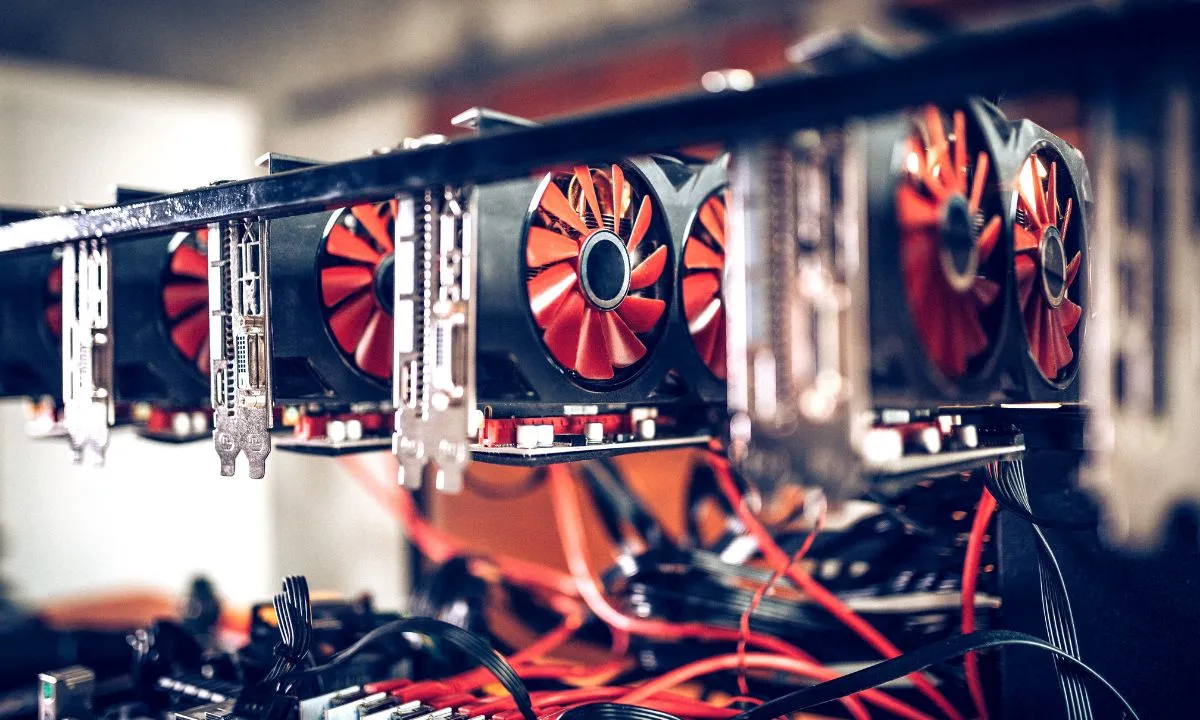When a GPU exhibits atypical behavior such as lack of fan operation accompanied by absence of video output, the reasons can stem from various components and situations. Systematically analyzing symptoms and performing checks in logically sequential order often illuminates the true source of difficulties.
This article details a methodical strategy for isolating whether issues lie with the graphics card itself or other interconnected parts, and recommends potential remedies depending on findings.
Symptoms and Common Triggers
If you recall, we previously discussed graphic card repairs and proceeding with same theme we will be discussing graphics card fans not spinning no display:
Graphics Cooling Unit Not Rotating
The first symptom observed is no motion detected from the graphics card’s built-in cooling fan mechanism. The inability to spin up under load suggests a fault has disrupted normal fan control circuitry or motor functions. If you wanna know if a graphics card and a video card is the same thing or not, our article covers it in detail.
Video Feed Failure
Simultaneous lack of any image rendered to the monitor from the PC is the accompanying symptom. This points toward the GPU possibly overheating without functioning cooling, or other more critical failures inhibiting video output. Can a graphics card cause Blue Screen; Our guide covers all the relevant details about it.
Potential Explanations
Common reasons for the described issue set include damaged fan cable, faulty fan electronics, excessive component temperature damage, incorrect GPU installation, compatibility problems, or outright hardware malfunction. If you want to know about the best GPU for i5 12600K, our guide will greatly aid you.
Troubleshooting Steps
Checking Cable Connectivity
Physically verify the fan cable remains fully seated into the GPU fan header on both ends. Wiggle and reseat to ensure good electrical contact.
Testing in Alternate System
Remove the troublesome graphics card and insert it into a known working PC to see if symptoms repeat. This isolates whether issues stem from the graphics hardware or other system parts.
Repeating Seating Procedure
Remove and reinstall the graphics card back into its original slot, taking care to line up pins correctly during insertion. Improper seating is a common error.
Reviewing Motherboard Status Lights
Check for diagnostic LEDs, error codes, or messages relaying whether the motherboard detects and can communicate with the installed graphics solution.
Updating Video Drivers
Install the latest stable drivers for the graphics chipset as sometimes out-of-date versions can cause functional errors or incompatibilities. We have also described the complete anatomy of a graphics card, so check that for an excellent understanding of GPUs.
Disabling Overclocks
Reset any manual overclocks applied to the graphics card as these can potentially cause instability under certain conditions.
Inspecting for Physical Damage
Closely examine both ends of the fan cable as well as card contacts for physical damage like bent pins which could disrupt connections.
Digging Deeper: Component Evaluation
Testing Alternate Fan Functionality
Swapping the problematic fan for a known working replacement helps narrow down whether issues stem from the fan itself or other card components.
Looking for Cable Frays or Breaks
Inspect the entire fan cable length for any signs of breakages or shorts that could prevent signal transmission from the card to the fan motor.
Evaluating Fan Control Circuitry
With a multimeter, check for proper voltage reaching the fan connector when the card gets power. It helps find faulty fan controller spots.
Examining for Thermal Damage
Inspect all components, especially around the GPU, for indications of overheating like burn marks, delamination, or cracks that can disable circuits.
Isolating Heat Transfer Problems
Determine whether heat sinks remain firmly mounted with an intact thermal interface to effectively absorb and dissipate stray warmth from critical areas.
If you are interested in buying the best GPU for Ryzen 5 2600, we have great recommendations for you.
Last Stage Troubleshooting
Testing With Different Power Supply
Swap the existing PSU with a known good unit of adequate wattage in case faulty voltage regulation could silently cause graphics issues.
Updating BIOS or Clearing CMOS
In rare cases outdated or corrupted BIOS files may disrupt initialization sequences and prevent certain hardware detection.
Independent Specialty Services
If all reasonable testing leads nowhere, a technician may better utilize specialty equipment to dynamometer fan motors, reflow solder joints using safe heat profiling tools, etc.
Conclusion
Arriving at a diagnosis, whether directly through testing or a process of elimination, allows focusing repair work on the specific faulty component. With patience and methodical checking, the root cause behind non-functional graphics cooling and the absence of video output symptoms can be isolated. If you are interested in the best GPU for i5 13400F, we have ranked amazing products in our guide.







